
The Narwhal’s in-depth environmental reporting earns 11 national award nominations
From disappearing ice roads to reappearing buffalo, our stories explained the wonder and challenges of...
In the basement of Yvonne Tupper’s home, in northeast B.C., sits a banker’s box filled with papers from a Site C dam civil lawsuit that BC Hydro brought against her seven years ago.
Tupper, a Saulteau First Nations member, still gets upset when she speaks about the ongoing lawsuit that accuses her and five others of conspiracy, intimidation, trespass, creating a public and private nuisance and “intentional interference with economic relations by unlawful means.”
The lawsuit puts a “target on our backs” and sends the message that “it’s okay to bully us,” Tupper, an environmental monitor and cultural Knowledge Keeper for Saulteau First Nations, told The Narwhal.
The civil lawsuit was filed after Peace Valley farmers and First Nations members set up a winter camp at the Rocky Mountain Fort heritage site on the banks of the Peace River — once home to the first European fort in mainland B.C. and now a Site C dam acid-generating waste rock dump.
The campers demanded work on the Site C project be stopped until court cases against the project were heard and independent reviews could determine whether the project infringed treaty rights and was in the best interests of B.C. ratepayers.
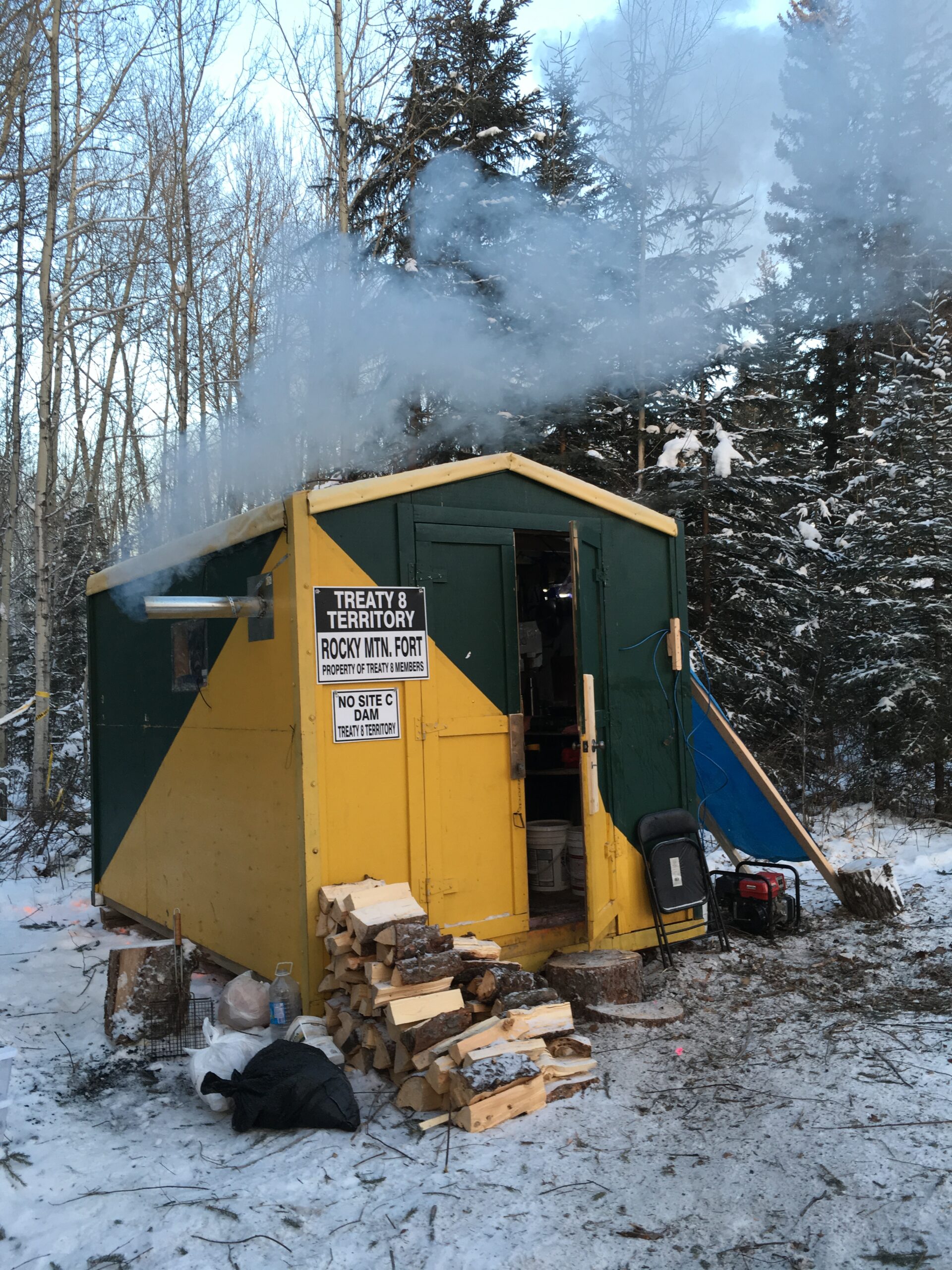
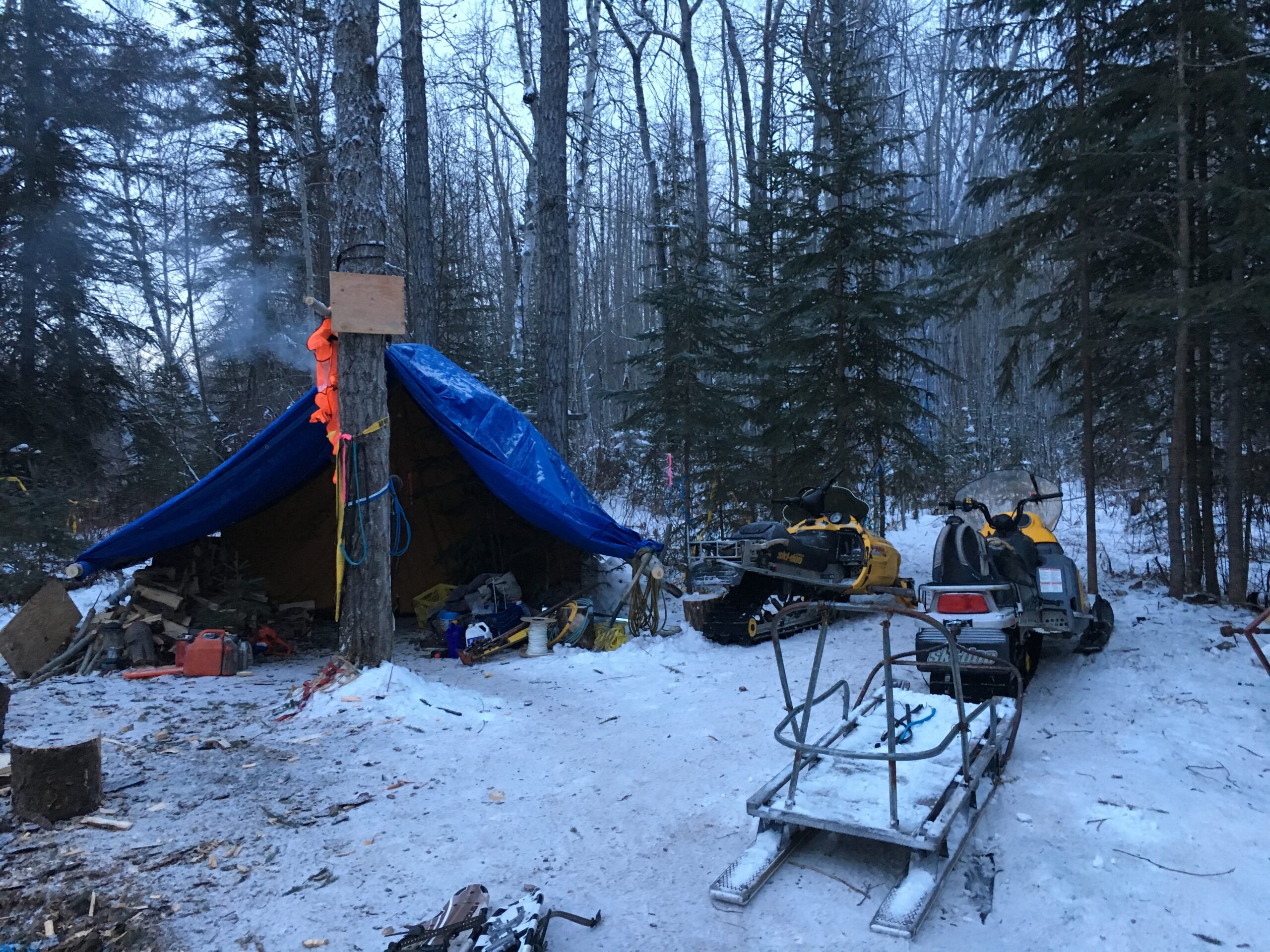
According to the B.C. Civil Liberties Association, the civil lawsuit bears the hallmarks of a Strategic Lawsuit Against Public Participation, also known as a SLAPP suit. SLAPP suits aim to intimidate and silence critics by burdening them with the financial and emotional cost of legal action.
The Site C suit — which BC Hydro lawyers suggested in court could seek up to $420 million in damages from Tupper and other defendants — also names Jane and John Doe, meaning anyone can be added at any time.
The peaceful two-month camp was voluntarily dismantled the day after BC Hydro obtained a court injunction to remove people from the area so the old-growth forest around the designated heritage site could be clearcut before migratory birds returned to nest in the spring.
To collect evidence for the civil lawsuit and injunction application, BC Hydro monitored personal Facebook pages, Twitter and Instagram accounts, blogs, other social media and a GoFundMe page Tupper set up to raise money for the camp, which could only be accessed by helicopter or snowmobile. Dozens of people visited the encampment overnight or during the day to show their support, including scientist David Suzuki and Grand Chief Stewart Phillip, president of the Union of B.C. Indian Chiefs.
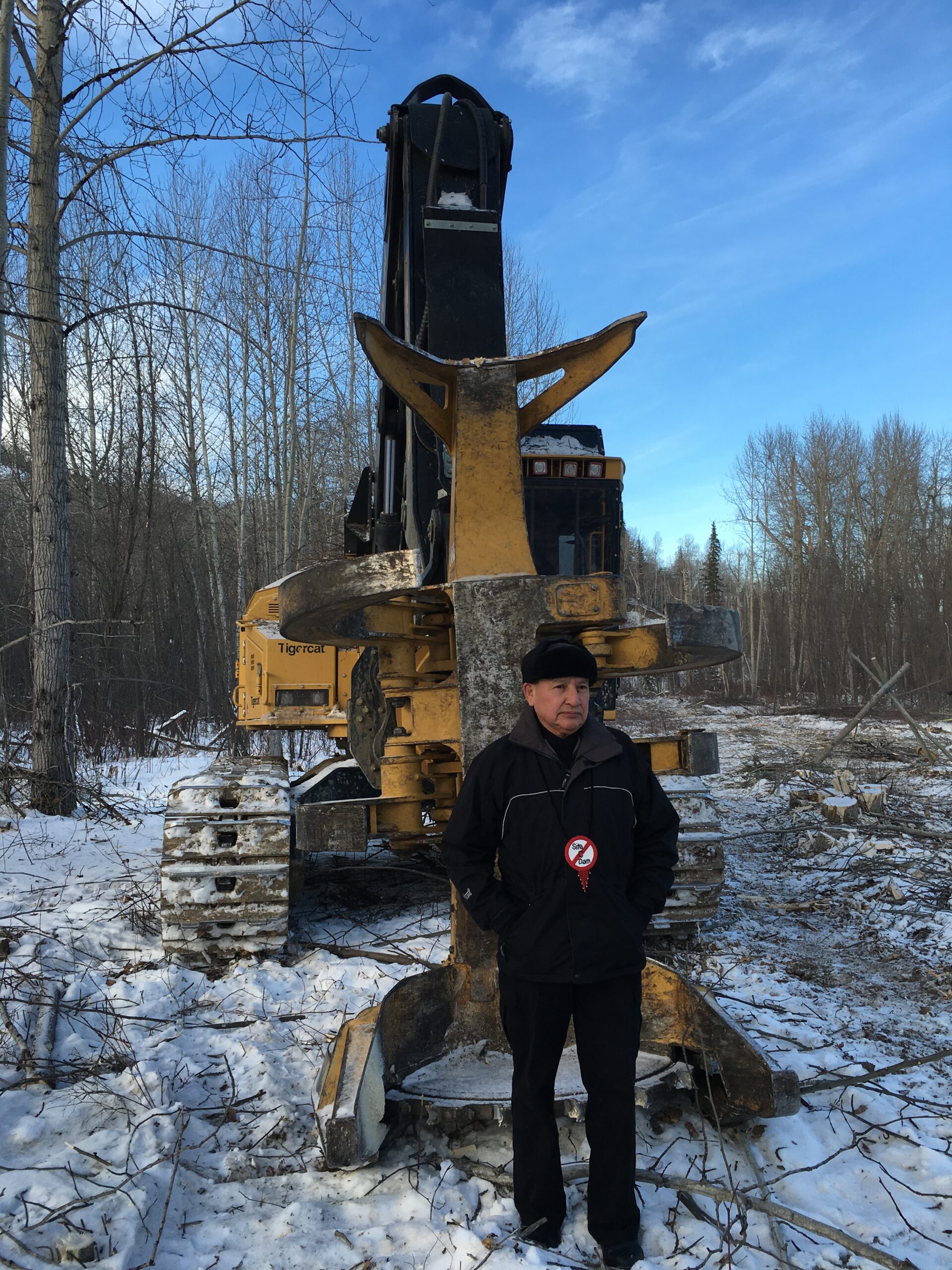
Tupper said she has been “psychologically affected” by the lawsuit and believes BC Hydro may still be monitoring her social media accounts. “All those bridges and construction — that they said we held up — were completed years ago,” she said. “So I don’t understand why this lawsuit’s still going on.”
In an email, Greg Alexis, Site C manager of public affairs and community relations, said BC Hydro sent a letter in March 2021 offering to discontinue the legal action “and it was not accepted by the counsel for the defendants.”
“We also sent a follow up letter in May 2021 and BC Hydro has not yet received a response,” Alexis said. “We remain open to discussions to resolve this issue.” He said BC Hydro is not able to discuss the terms of the settlement offer.
Jason Gratl, the lawyer for five people named in the suit, said he could not discuss details about the settlement terms offered in 2021. He described the terms as “less favourable than the status quo” and “unacceptable.”
According to Ga Grant, litigation staff counsel for the B.C. Civil Liberties Association, the hallmarks of a SLAPP suit usually include a significant differential in power between parties and their access to resources.
They also include “weak evidence of actual harm to that party that has more power,” Grant said.
“Just because a case is filed against someone doesn’t mean it actually has merit. In fact, SLAPP suits are regularly used to quash dissent, even though they may be baseless.”
Grant said such suits can cause “significant devastating harms to the freedom of expression and public debate that is very important to our democracy.”
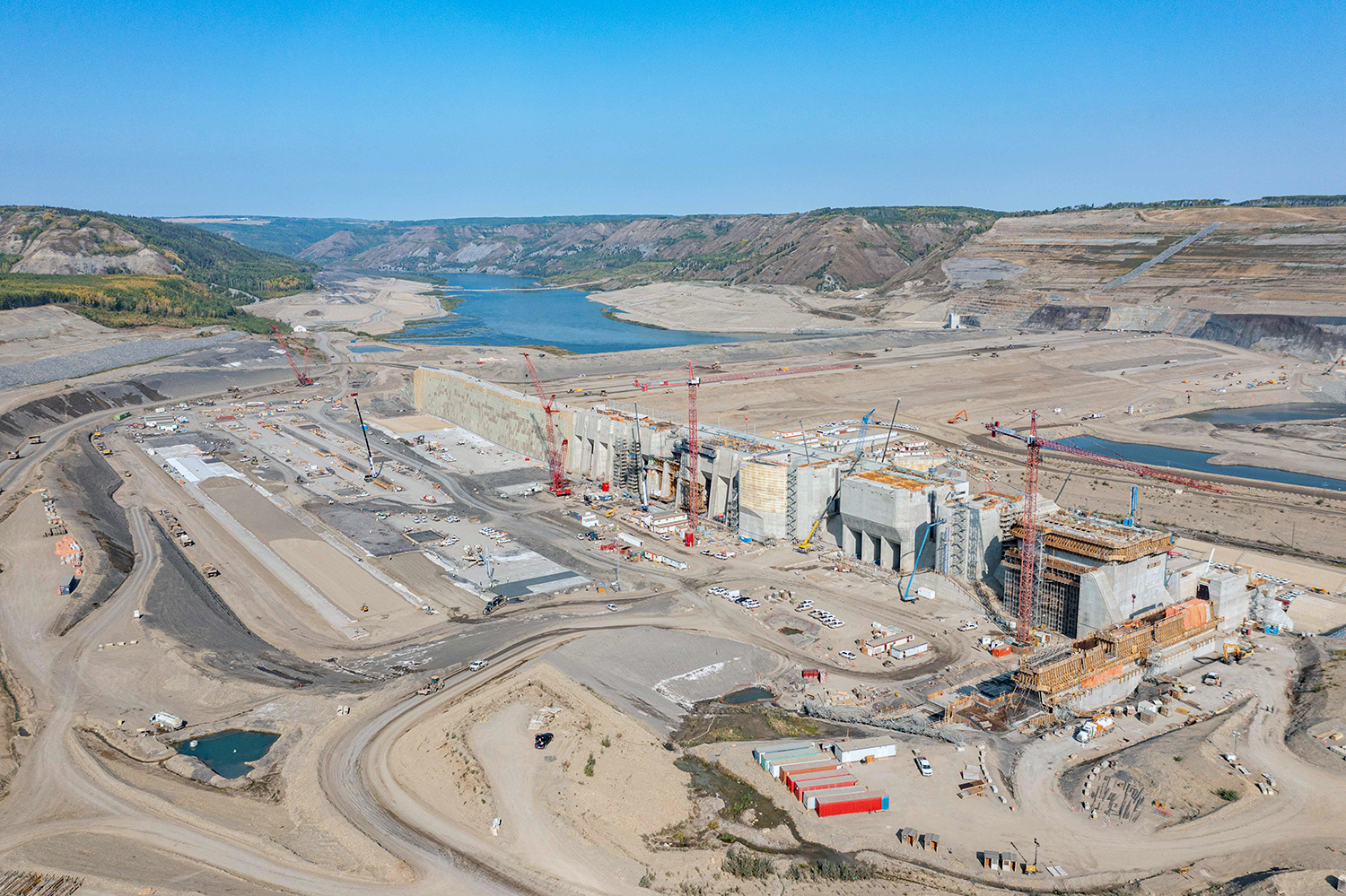
Verena Hofmann, one of the people named in the suit, said she was so intimidated and “rattled” by the lawsuit that she feared speaking out against the Site C project and “took a step back.” She stayed very quiet on social media, hoping to “fly under the radar” lest BC Hydro take her back to court.
At first, Hofmann only wanted to speak to The Narwhal if her name wasn’t used but as she shared her story she changed her mind.
“I’m proud of what I did,” she said. “I used my voice. I stood up. And now I’m afraid to say that my name can be used? No. I don’t want to be afraid that way and I don’t want others to feel that way.”
Hofmann said she joined the camp because Site C dam construction was “ramrodded” through by BC Hydro and the B.C. government even though there were legal challenges waiting to be heard by the courts — including a landmark treaty rights case that might have stopped construction of the hugely over-budget $16 billion project, the most expensive hydro dam in Canadian history.
The B.C. government greenlighted the project after it changed the law to remove the independent BC Utilities Commission — which had previously rejected the dam on the grounds that it was too environmentally harmful and the energy wasn’t needed at the time — from oversight. While court cases were still waiting to be heard, and in the absence of an independent review, former B.C. Premier Christy Clark vowed to push dam construction “past the point of no return.”
Hofmann said she was particularly stressed by BC Hydro’s claim of damages from the campers, which lawyers for the public utility suggested in court could total as much as $420 million. The claim for damages was “outrageously exaggerated,” Hofmann said. “It’s unfathomable and unimaginable that [I] myself could have made those damages.”
Hofmann recalled a sense of panic as she worried she would lose her home and that other campers, too, would lose their homes, land and possessions. “Nobody had any money to fight this,” she said, adding that she had to ask friends for money to help cover her legal expenses.
Hofmann spoke about the industrialization of the once-bucolic Peace River Valley for the Site C dam, expressing grief at how the closely knit valley community has been torn apart by the project. Many residents were forced to relocate or their property was expropriated by BC Hydro to make way for the future reservoir, which will flood 128 kilometres of the valley and its tributaries, roughly the same distance as driving from Vancouver to Whistler.
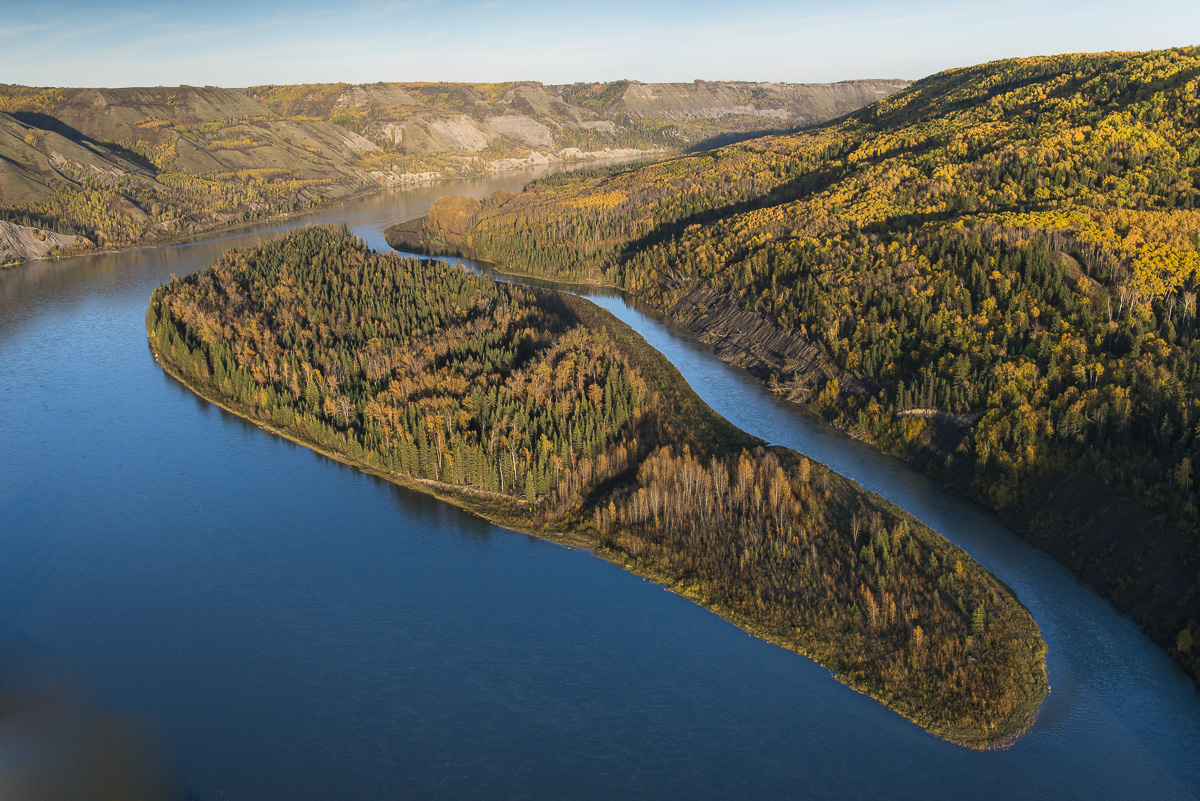
Ken Boon, a farmer who was named in the civil suit along with his wife Arlene Boon, said the civil law suit “basically weaponized what BC Hydro really wanted, which was the injunction.”
“There’s no doubt that the actions BC Hydro took were meant to be a deterrent … We know first hand that there were people very concerned about getting involved because of the possible financial implications,” said Boon, whose third-generation farmhouse and farmland was expropriated by BC Hydro in 2016.
The Boons now live in a cabin on a small slice of their former property, sandwiched between the future reservoir and a section of a provincial highway that was relocated out of the flood zone.
Boon said he and his wife no longer worry about the lawsuit because “it would be virtually impossible and bizarre to the extreme” for BC Hydro to move ahead with it now.
“At the time, it was a pretty concerning thing,” he said. “They were throwing around some big numbers that seemed pretty bizarre in the scheme of things. How they determined those numbers was never clear to us. Obviously when you’re up against a mega corporation like BC Hydro that has limitless funds at their disposal and you’re just a little guy it’s definitely worrisome. They could crush you like a bug.”

BC Hydro offered to drop the lawsuit in the spring of 2016 if the couple signed an agreement promising not to engage in any actions that would impede construction of the dam, said Boon, who is the president of the Peace Valley Landowners Association, representing landowners who are affected by the Site C project.
“Seven years have gone by since this civil claim was initiated, and we have not done any action to physically impede the project in that time,” he said. “However, we have continued to protest against the project through peaceful and lawful methods while being respectful of those working on it. Under the circumstances, why would we want to sign any such document?” he said.
“BC Hydro did not need our signature to slap this suit on us, so they can — and should — just drop it without our signature. Otherwise, they can leave it open as a reminder of their bully tactics.”
Esther Pedersen, another Peace Valley resident named in the suit, said she has ignored the civil lawsuit, calling it “embarrassing” for the B.C. government.
Pedersen didn’t stay overnight at the Rocky Mountain Fort camp, which was also a gathering place for Indigenous people. She only visited the camp once for 15 minutes when there was an extra seat in the helicopter that transported Suzuki and Phillip.
Pedersen allowed access through her rural property to the public land where the helicopter picked up Suzuki and Phillip. She also used a freezer outside her house to collect food for the campers, which was dropped off by community members.
“This is like somebody who’s playing Monopoly who doesn’t like the rules and says, ‘oh, yeah, okay, well, you have to pay a million dollars. Okay? No, two million,’’ ’ she said. “It’s stupid. It’s childish. Can I go to jail forever? Really? For what?”
“Are you telling me that I can be sued for $400 million for feeding 28 people [at] a traditional camp?”
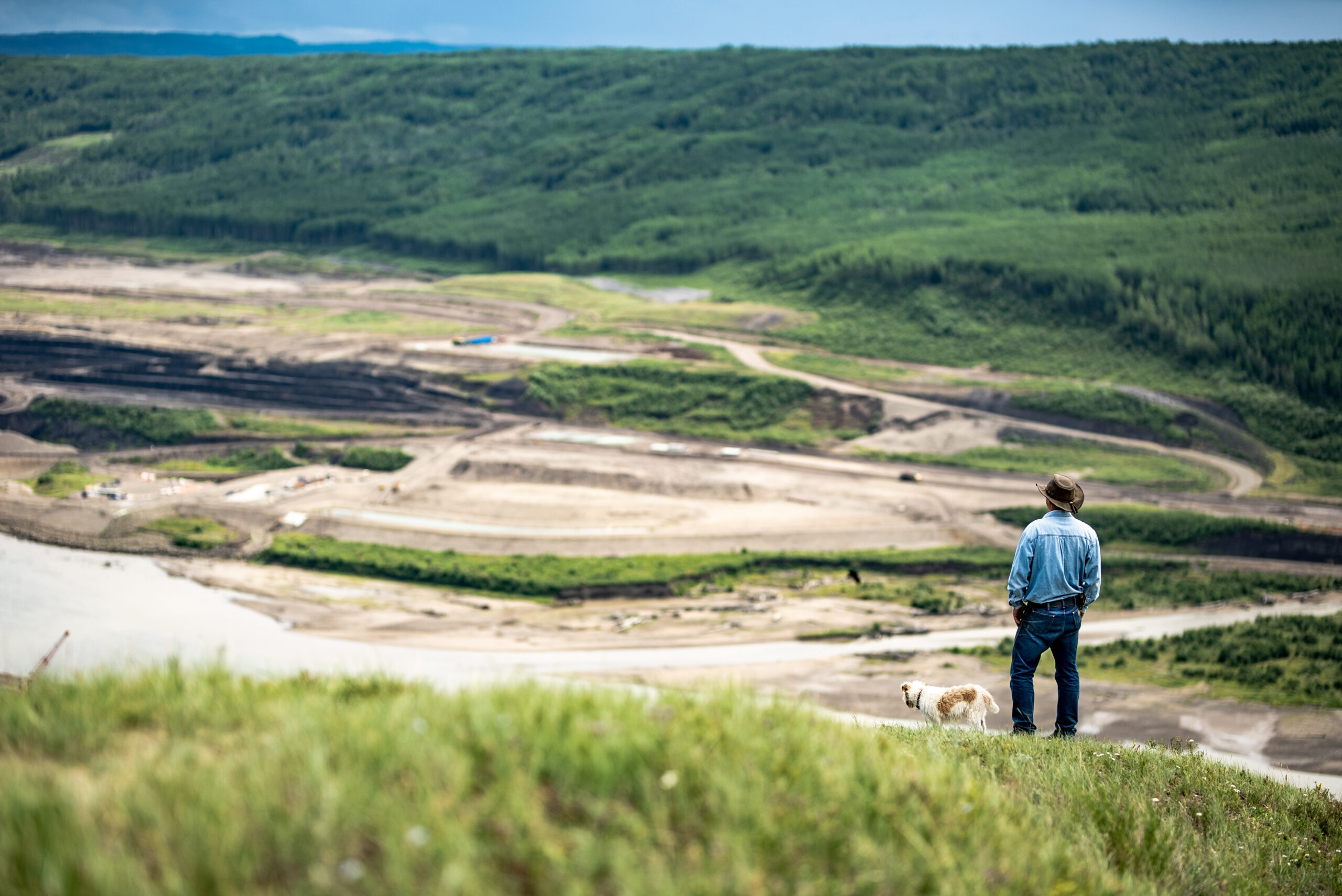
B.C.’s new premier David Eby, the former executive director of the B.C. Civil Liberties Association, championed anti-SLAPP suit legislation when he was the province’s attorney general. In one interview, Eby described SLAPP suits as lawsuits “filed to silence somebody on a matter of public interest.”
In 2019, the province passed the Protection of Public Participation Act. The Act allows defendants like Hofmann and the Boons to apply to the court to dismiss a lawsuit on the grounds that it impinges on the ability to speak freely on a matter of public interest. If the court agrees, it can decide the defendant’s costs must be covered by the proponent of the lawsuit.
But the Act applies only to lawsuits filed after May, 2018, exempting the Site C civil lawsuit.
Grant said the purpose of anti-SLAPP legislation like the Protection of Participation Act is to ensure voices can be heard without the threat of expensive legal action.
She said it is very concerning the Act doesn’t cover cases like the Site C civil lawsuit that “essentially are still being used aggressively against people.”
Get the inside scoop on The Narwhal’s environment and climate reporting by signing up for our free newsletter. On a warm September evening nearly 15...
Continue reading
From disappearing ice roads to reappearing buffalo, our stories explained the wonder and challenges of...

Sitting at the crossroads of journalism and code, we’ve found our perfect match: someone who...

The Protecting Ontario by Unleashing Our Economy Act exempts industry from provincial regulations — putting...
